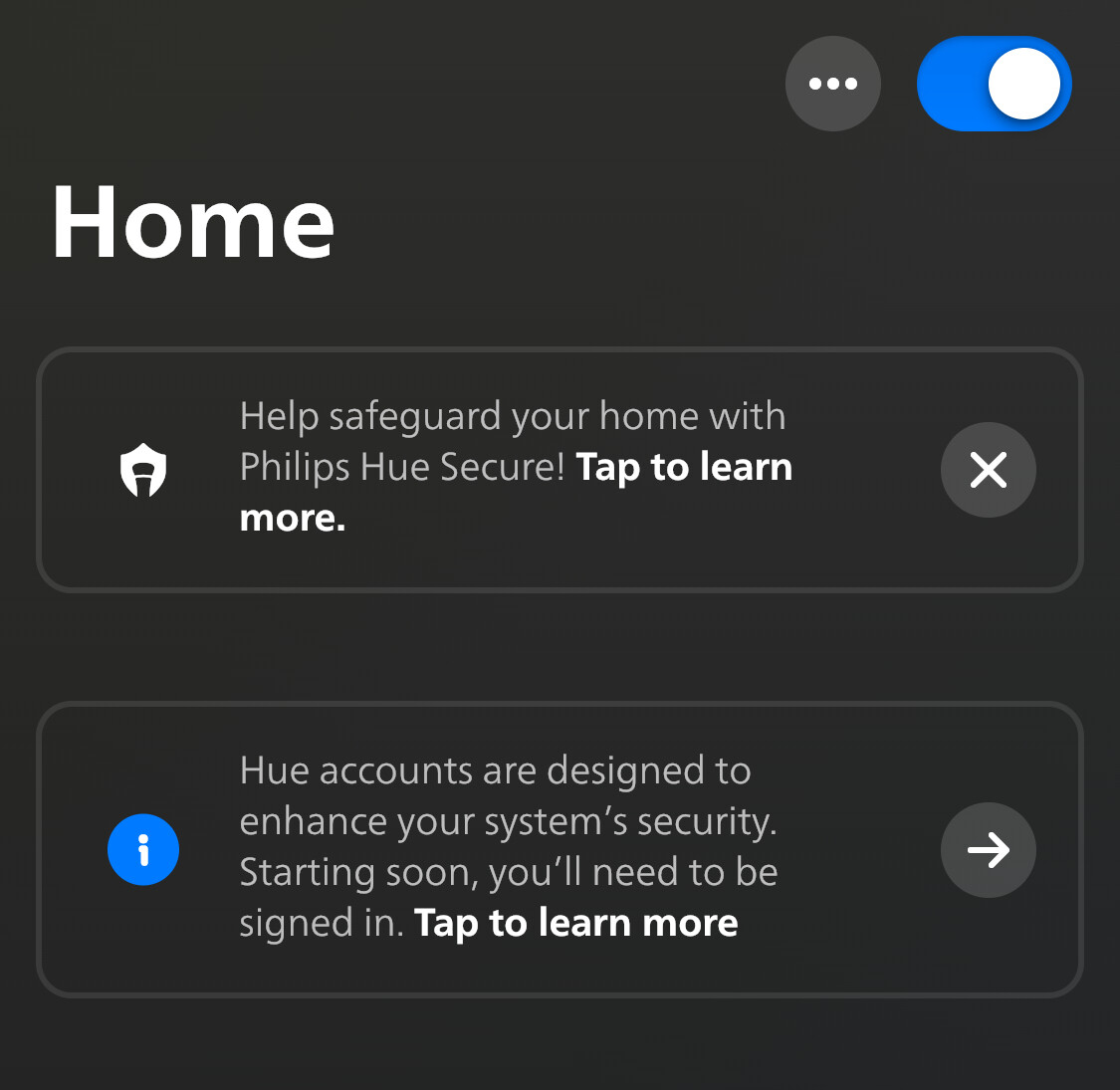

If the firewall was running on a router then you’d need to DNAT back to the same network from which they originated and that is (in general) quite a PITA to get running properly. My understanding is that the firewall doing port forwarding is running on the NAS. And we don’t have much information on what that ‘NAS’ even is, I tend to think devices like qnap or synology when talking on NAS-boxes, but that might as well be a full linux-system just running CIFS/NFS/whatever.
OP could obviously use his router as a DNS server for the network and set upstream DNS server for the router to pihole, but that’s a whole different scenario.


NAS stands for ‘Network Attached Storage’ and there’s dedicated hardware for that task from multiple brands. It’s a somewhat spesific thing and from what I understand you have a multi-purpose server running on your network. For discussion it’s better to use the established terminology to avoid confusion on what’s what. Your generic server can of course act like a NAS, but a 100€ Synlogy NAS can’t (for the most part) act as a generic server.
Similarly there’s a dedicated hardware for routers and they are not the same than generic servers which can run whatever. Dedicated routers do some things way better/faster than generic server, and there’s pretty much always a trade-off between the two. You can of course install hardware to your server to be as good as or even better than any consumer grade router and run a pfsense on virtual machine on top of it, but that’s going to be at least more expensive than dedicated hardware.
So, your server is running pihole in a container on the same network address/hardware than the rest of your server, and I suppose you already gathered from other messages that the firewall component on it treats traffic coming from outside the server itself differently than traffic originating from the server itself. For this spesific case I’d say it’s just simpler to configure the server to use DNS server as localhost:1053 than trying to work out firewall forwarding rules for it, if possible. If not, and you absolutely insist that your pihole runs on a unprivileged port and that your server also has to use pihole as DNS sever, then you need to dig out a firewall config for outgoing traffic which redirects the destination port. Or you could set up a dns proxy on the server which uses pihole as upstream and serves addresses to localhost only or one of the other multiple ways to achieve what you’re after, but each of those have some kind of trade-off and there’s too many to go trough in a single post.